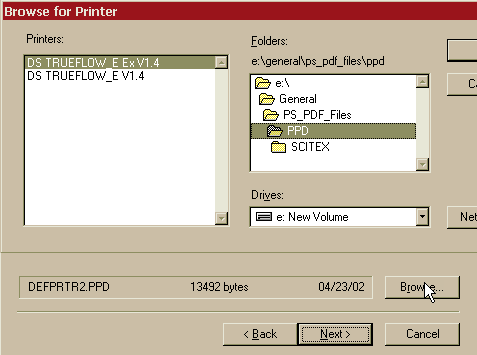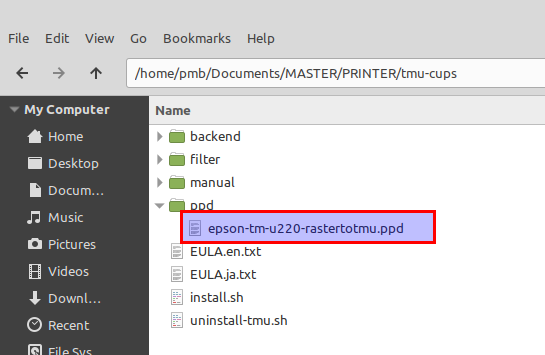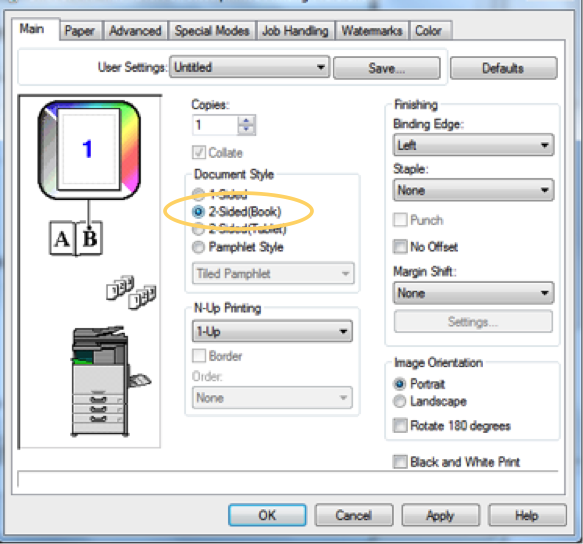
When a udev event occurs (i.e., a USB plug-and-play event), this rules file will be invoked. In this file there is a rule for every HP product recognized by HPLIP. To solve this device permissions problem, HPLIP installs the udev rule /etc/udev/rules.d/les. These applications will not see the device without proper permissions. Usually this is not be a problem for printing, but it is a problem for scanning and the hp-toolbox. This means ordinary users do not have access to the device. Most distributions set the default device permissions to root. If HPLIP built and installs correctly, you need to check device permissions. configure -prefix=/usr -disable-foomatic-drv-install -enable-foomatic-ppd-install -with-hpppddir=/usr/share/cups/model Use this example for a static PPD install.
#Ppd files linux install#
The following example is a dynamic PPD install which is the default. Dynamic PPD files will call foomatic-rip. Dynamic PPD install with no foomatic-rip-hplip - Intended for distros that have the latest foomatic-rip.Dynamic PPD files will call foomatic-rip-hplip. Dynamic PPD install with foomatic-rip-hplip - Intended for distros that do not have the latest foomatic-rip.

The user must manually create new HPIJS PPDs with the CUPS DDK by running "ppdc prnt/drv/hpijs.drv" before "make install".

CUPS drv support provides dynamic and static PPD file support similar to the foomatic database. The CUPS DDK allows us to support the hpijs/ghostscript/foomatic-rip driver. All HPIJS PPD files are generated from a CUPS drv file called hpijs.drv.ĬUPS drv support is part of the CUPS DDK at. There are HPIJS PPD files, postscript PPD files and fax PPD files. Each print job has an associated PPD file and each HP printer has a unique PPD file.
#Ppd files linux driver#
PPD files are used to specifiy driver and driver parameters.


For more detailed install instructions see Installation Instructions. This section assumes all System Requirements have been met and any pre-existing HPLIP install uses the same "./configure -prefix=/usr" parameters.
#Ppd files linux code#
Most users do not need to build from source code and should get the latest HPLIP package from their distribution. This information is useful for package maintainers and users who want to build and install HPLIP from the source tar ball. This section documents different configuration options that are available and some caveats for building HPLIP on different distributions and platforms. GNU Autotools simplify most portability issues automatically, but some customization may be desirable. HPLIP uses GNU Autotools for building and installing.


 0 kommentar(er)
0 kommentar(er)
